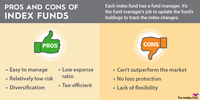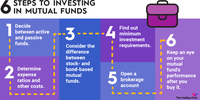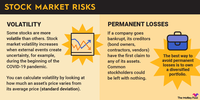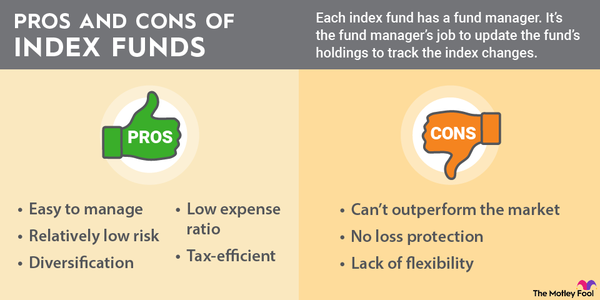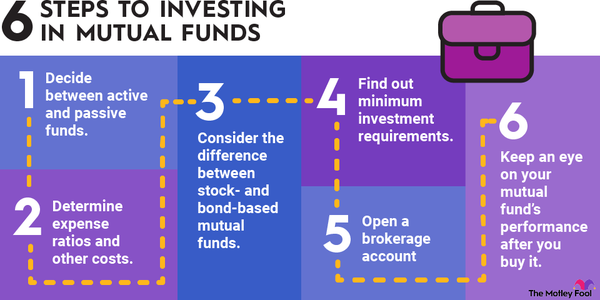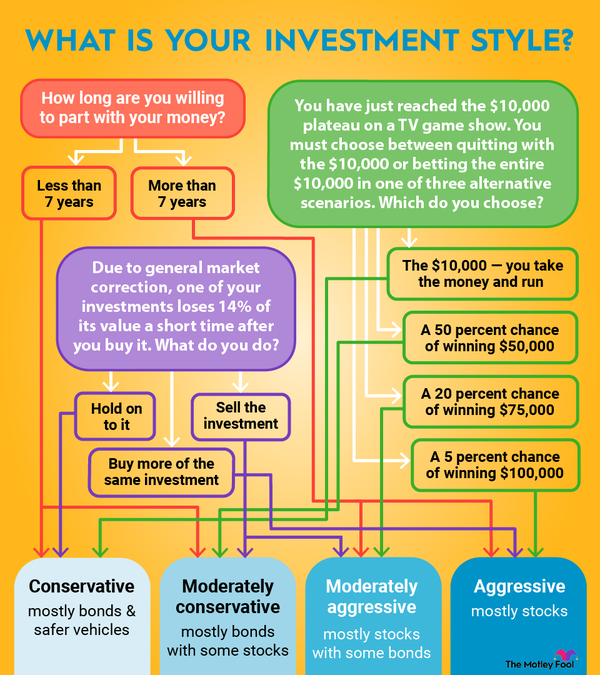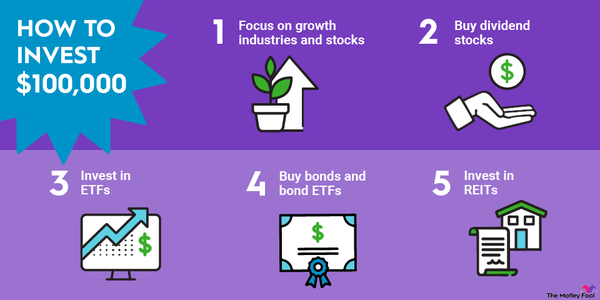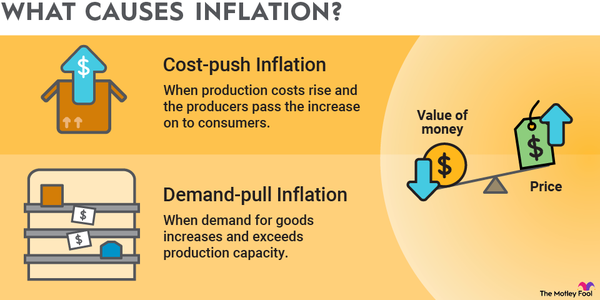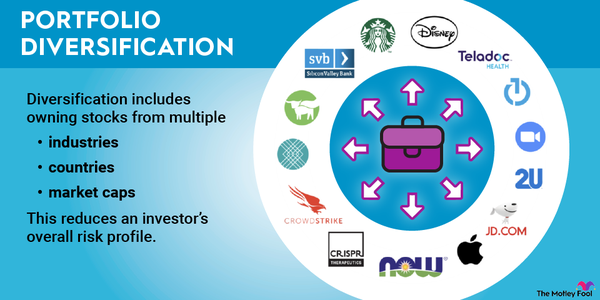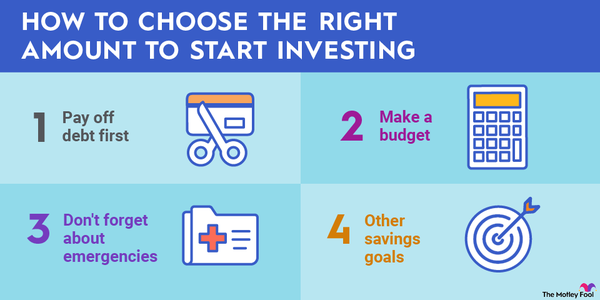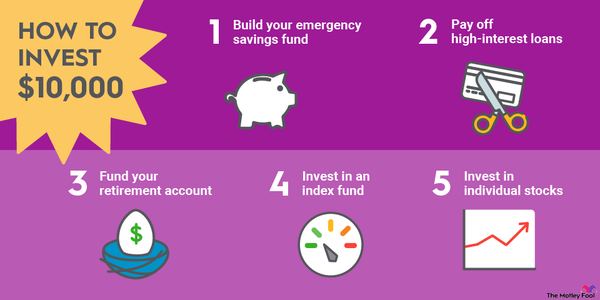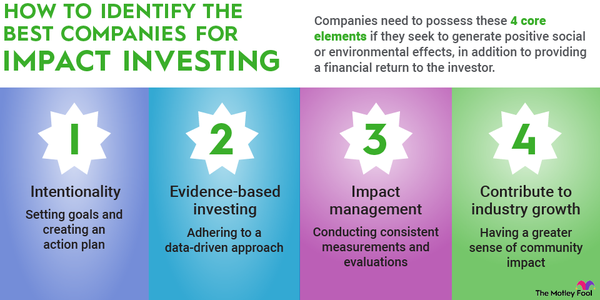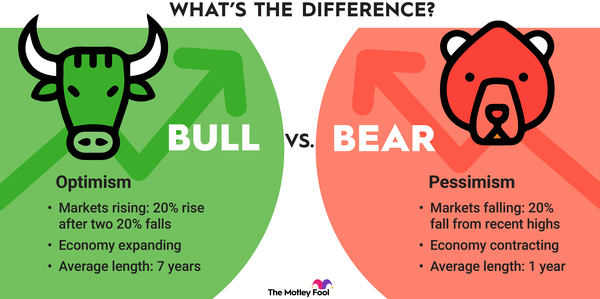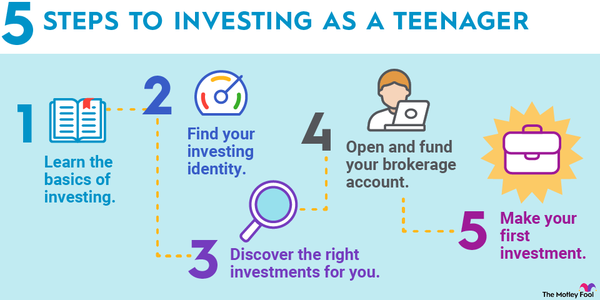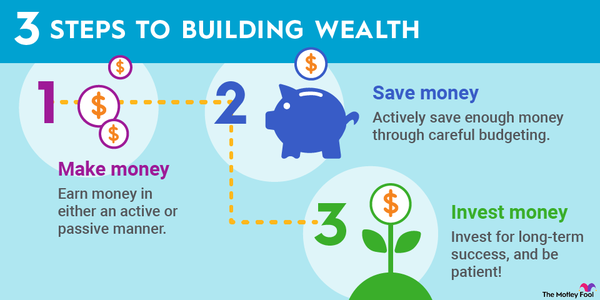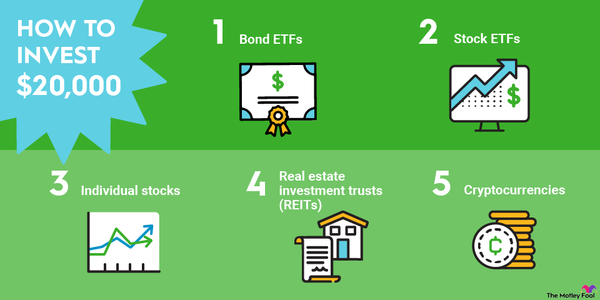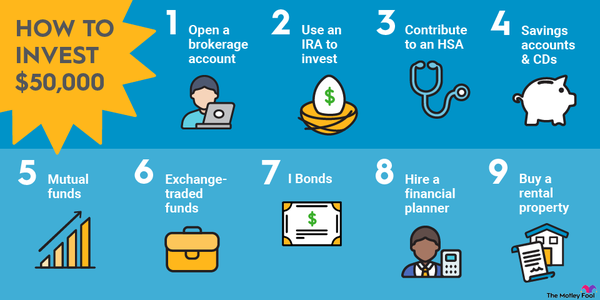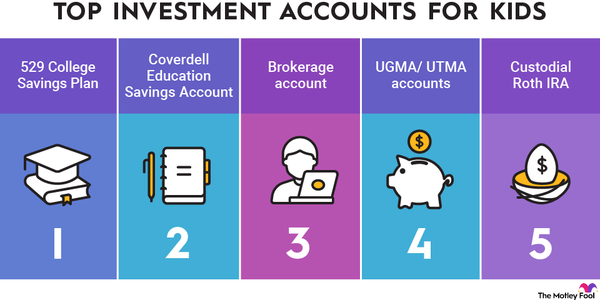Inflation spiked in 2022 to the highest rate in more than four decades. It has cooled off a bit as 2023 gets underway, but it remains high and there’s no guarantee that it won’t rise again.
Inflation has been a key factor in the recent stock market declines, and it isn’t hard to see why. Inflation has a negative impact on consumers’ purchasing power and makes it more expensive for individuals and businesses to borrow money. The higher yields that result from inflation have made “safer” investments such as Treasury securities more attractive, reducing interest in the stock market.
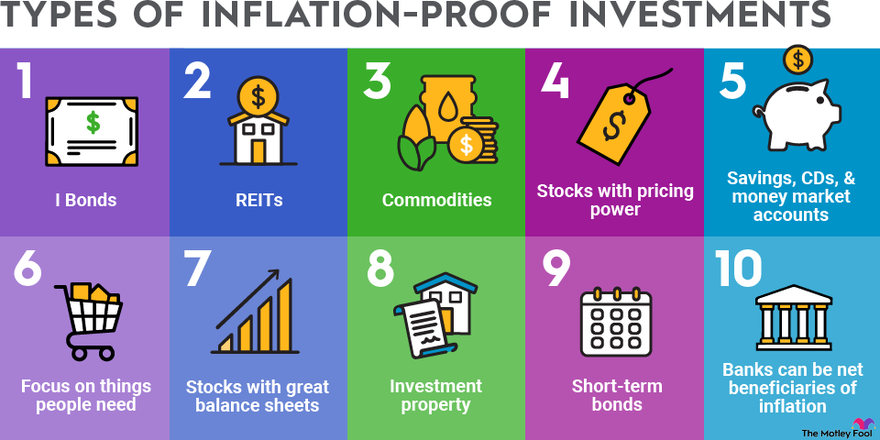
10 best inflation-proof investments
Not all investments are equally susceptible to the effects of inflation. In fact, some are rather immune to inflationary pressure, while others can even benefit from inflation. With that in mind, here’s a rundown of 10 excellent inflation-proof investment strategies that can help you sleep better at night during times of economic uncertainty.
1. I Bonds
1. I Bonds
Series I Savings Bonds, informally known as “I bonds” are a form of savings bond issued by the U.S. Treasury Department that is designed to protect investors from inflation.
The bonds have a yield that is made up of two components. There’s a fixed interest rate that stays constant over time and an inflation-based component that changes every six months. I bonds issued from November 2022 through April 2023 have a fixed rate of 0.40% and an inflation adjustment of 6.49%, for a total initial yield of 6.89%.
The bonds aren’t without their downsides, so it’s important to do your homework before buying. But if your goal is to prevent inflation from destroying your purchasing power, I bonds can be a smart choice.
2. REITs
2. REITs
Real estate generally does a good job of keeping up with inflation, and you can add commercial real estate exposure to your portfolio through the stock market via real estate investment trusts, or REITs. There are hundreds of publicly traded REITs, or you can simply invest in an index fund such as the Vanguard Real Estate ETF (VNQ 0.19%).
Think of it this way: Rental rates on commercial properties have historically kept up with inflation, and the values of commercial properties are largely derived from their ability to generate rental income. REITs are required to pass along at least 90% of taxable income to investors, and this income stream should also keep up with inflation (or more) over time. In fact, many REITs have long track records of increasing their annual dividends by 4% or more over the long term.
3. Commodities
3. Commodities
During inflationary periods, commodities (and the stocks of companies that deal with them) tend to outperform the overall stock market. This can include energy companies, precious metal miners, steelmakers, and other industries.
You can also buy exchange-traded funds (ETFs) that track baskets of commodity stocks. As one example, the SPDR S&P Metals & Mining ETF (XME -0.34%) tracks an index of stocks in a variety of metals specialties. During 2022, the ETF gained 13% versus a negative 18% total return for the S&P 500. The inherent inflation resistance of the stocks that the ETF invests in is a big reason.
4. Look for stocks with pricing power
4. Look for stocks with pricing power
Consumers tend to cut back on discretionary spending during uncertain times, including periods of high inflation. But companies that sell things that people need (or really want) have the ability to pass cost increases along to their customers without having much of an effect on sales.
Advance Auto Parts (AAP -1.88%) is one that comes to mind. Not only do people need parts to maintain their vehicles, but with new vehicles becoming much more expensive recently, many will likely hang on to their existing vehicles for longer, which can be a positive catalyst for the business.
5. Savings, CDs, and money market accounts
5. Savings, CDs, and money market accounts
We generally don’t think of these as “investments,” but they certainly become quite a bit more appealing when inflation pushes rates higher. As of January 2023, it’s possible to find savings account interest rates in the 4% range from reputable banks. If inflation spikes even higher, yields are likely to become even more attractive. With the volatility in the stock market as 2023 gets underway, a guaranteed 4% yield might sound pretty appealing to many investors, especially those with significant amounts of cash sitting on the sidelines.
Of course, if inflation reverses course, the yields you receive from these deposit accounts will likely trend downward. But if that happens, you can simply choose to invest the money elsewhere. In the meantime, you’ll lock in a strong return while maintaining optionality for your investable cash.
6. Focus on things people need
6. Focus on things people need
When inflation rises, consumers tend to pump the brakes on spending. But the biggest cutbacks happen in discretionary spending; that is, people stop buying things they want but don’t need. On the other hand, businesses that sell things that people need tend to do just fine during inflationary periods. Utilities, consumer staples, and insurance are just a few examples of sectors that generally fall into this category.
Walmart (WMT 1.32%) is another great example since it not only mostly sells things people need (such as groceries), but it does so at cheaper prices than most competitors. When consumers feel the need to cut back, Walmart’s sales tend to grow.
7. Stocks with great balance sheets
7. Stocks with great balance sheets
When inflationary environments come along, cash is king. If you’re running a business, you don’t want to have to borrow money or refinance debt at high interest rates. So one great strategy is to look for companies with cash-rich balance sheets and relatively low debt loads.
Berkshire Hathaway (BRK.A -0.28%)(BRK.B -0.68%) is a great example. Not only does Berkshire have a portfolio of subsidiary businesses that generally sell things people need and have great pricing power, but it has a stockpile of cash on its balance sheet -- more than $100 billion. This cash allows Berkshire to avoid borrowing money at high rates. More importantly, the cash gives it plenty of ammunition to acquire competitors or buy stocks at discounted prices during the tough times. There’s a reason Berkshire was one of the few large-cap stocks that increased in 2022, and its inflation-resistance has a lot to do with it.
8. Buy an investment property
8. Buy an investment property
Owning an actual investment property isn’t for everyone. Even if you hire a property manager, owning real estate is a more hands-on type of investment than buying REITs or other stocks.
However, rental properties can be an excellent way to build wealth over time and can protect against inflation. Historically, home prices as well as rental rates have kept pace with inflation -- or slightly more -- over long periods of time. In fact, rising home prices have been one of the main drivers of the inflation we’ve been seeing.
If you’ve ever thought about becoming a rental property owner, it could be a smart time to take a closer look at the pros and cons in the current market environment.
9. Stick to short-term bonds
9. Stick to short-term bonds
Short-term bond investments not only tend to be less price-sensitive than long-term bonds, but they also tend to pay more in inflationary periods.
Let’s say that you bought a 30-year Treasury bond paying 2.5% interest a couple of years ago. If the yield on new 30-year Treasuries rises to 4%, your bond becomes intrinsically less valuable. You’ll still collect your interest payments (at the 2.5% rate), but the market value of the bond -- should you need to sell it -- will drop significantly.
On the other hand, you don’t see the same price fluctuations in short-term bonds. As of January 2023, the two-year Treasury yield is about 4.8%, and if interest rates were to rise even further, it wouldn’t have much of an effect on your bond since it’s already so close to maturing.
10. Banks can be net beneficiaries of inflation
10. Banks can be net beneficiaries of inflation
Elevated inflation can certainly be a negative for bank stocks since it can lead to lower demand for loans and an uptick in consumer defaults. But there’s also another side to the story. Inflation usually leads to rising interest rates (as we’ve seen over the past year or so), leading to higher profits for banks. After all, the core business of banks is to take deposits and lend out the money to collect interest.
The biggest beneficiaries of inflation are the banks that are most focused on consumer banking (as opposed to investment banking) such as Wells Fargo (WFC -0.56%) and U.S. Bancorp (USB 1.56%). These are likely to be among the more volatile stocks out of the investment strategies on the list, but the point is that these businesses can be big inflation beneficiaries.
Related investing topics
The bottom line
As you can see, there are plenty of ways you can invest in an inflationary environment. Obviously, not all of these are right for every investor, but there are quite a few choices. Using this list, you can decide which are the best fit for your particular goals and risk tolerance and help protect your portfolio from the effects of rising consumer prices.


